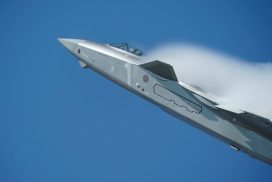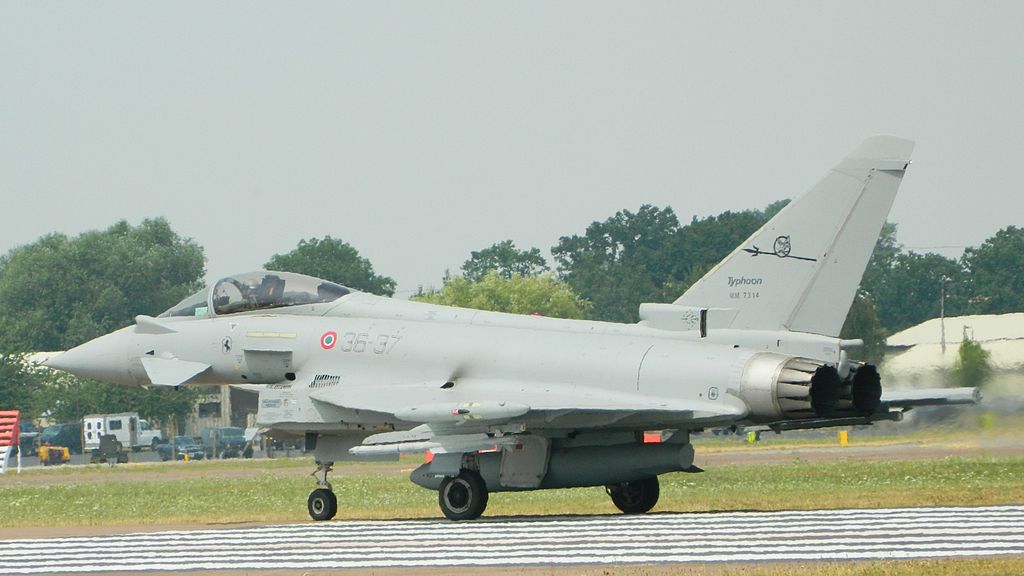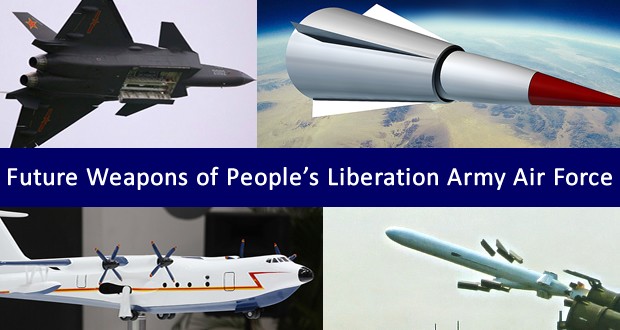a href=”http://bp3.blogger.com/_RRbP6fpJWAc/RddA9yanU-I/AAAAAAAAAB4/o6y98M9_NRE/s1600-h/060911-F-0986R-104.jpg”img id=”BLOGGER_PHOTO_ID_5032562538859418594″ style=”FLOAT: left; MARGIN: 0px 10px 10px 0px; CURSOR: hand” height=”177″ alt=”” src=”http://bp3.blogger.com/_RRbP6fpJWAc/RddA9yanU-I/AAAAAAAAAB4/o6y98M9_NRE/s320/060911-F-0986R-104.jpg” width=”247″ border=”0″ //abr /div2/16/2007 – SOUTHWEST ASIA (AFNEWS) — U.S. Central Command Air Forces officials have released the airpower summary for Feb. 16. In Afghanistan Feb. 15, F-15 Eagles provided close-air support for International Security Assistance Force troops in contact with enemy forces near Pashsbad. The F-15s investigated suspected enemy activity and provided a show of force, releasing flares near coalition ground forces during a location search. The F-15s then provided overhead support for a convoy and were directed to search for possible rocket propelled grenade launch positions after a forward operating base came under RPG attack. Other F-15s performed shows of force, expending flares, for troops in contact with enemy forces near Qurya. U.S. Navy F/A-18 Hornets conducted strafe runs, firing cannons at enemy forces attacking coalition forces near Qurya. The runs were confirmed as successful according to a joint terminal attack controller. Other U.S. Navy F/A-18s were tasked to conduct shows of force against a group of enemy forces seen on and around a compound near Gereshk. The shows of force caused the enemy group to disperse. F/A-18s also conducted an over watch and air presence for a coalition convoy near Gereshk. Royal Air Force GR-7 Harriers were tasked to visually investigate suspected enemy compounds near Qurya. The GR-7 pilots observed no movement. The JTAC then tasked pilots with obtaining imagery of these and additional compounds for future ground operations. In total, 41close-air-support missions were flown in support of ISAF and Afghan troops, reconstruction activities and route patrols. Additionally, nine Air Force and Royal Air Force intelligence, surveillance and reconnaissance, or ISR, aircraft flew missions in support of operations in Afghanistan. U.S. Navy fighter aircraft performed in non-traditional ISR roles with their electro-optical and infrared sensors. In Iraq , a B-1B Lancer conducted shows of force, expending flares near Basrah. The B-1B also was tasked to support troops in contact in the area, but there was nothing significant to report. F-16 Fighting Falcons provided shows of force for troops in contact with anti-Iraqi forces near Basrah. The F-16s released several flares that had a deterring effect on enemy forces, according to the JTAC report. F-16s provided over-watch for troops in contact with anti-Iraqi forces near Basrah. The F-16s also performed shows of force in the area. F-16s performed reconnaissance on an enemy small arms fire point of origin near Basrah, but had nothing significant to report. F-16s were tasked to provide over-watch for ground operations progress near Balad. F-16s conducted a show of force for troops in contact with enemy forces near Balad. The F-16s were further tasked to provide reconnaissance of the area. While doing so, they observed three individuals parked near a canal, which they reported to the JTAC. F-16s provided over-watch for recovery and medical evacuation efforts following an improvised explosive device explosion near Balad. The F-16s were later tasked to search for enemy activity and additional IEDs after explosion. F-16s provided over-watch for a stopped convoy near Balad. The F-16s also conducted defensive counter-air combat air patrol near Balad. Royal Air Forces GR-4 Tornados were tasked to provide over-watch for troop routes and to observe a possible mortar fire position. In total, coalition aircraft flew 49 close-air-support missions for Operation Iraqi Freedom. These missions included support to coalition troops, infrastructure protection, reconstruction activities and operations to deter and disrupt terrorist activities. Additionally, 15 Air Force, Navy and RAF ISR aircraft flew missions in support of operations in Iraq . Air Force C-130 Hercules aircraft and C-17 Globemaster IIIs provided intra-theater heavy airlift support, helping sustain operations throughout Afghanistan , Iraq and the Horn of Africa. More than 150 airlift sorties were flown; more than 630 tons of cargo were delivered, and approximately 3,300 passengers were transported. This included more than 37,400 pounds of troop re-supply air-dropped in eastern Afghanistan . Coalition C-130 crews from Australia and South Korea flew in support of OIF or OEF. On Feb. 14, Air Force and RAF tankers flew 37 sorties and off-loaded more than 2.4 million pounds of fuel./div
Menu
Copyright © 2007- 2025 • Defence Aviation • All Rights Reserved. Reproduction without explicit permission is prohibited.



